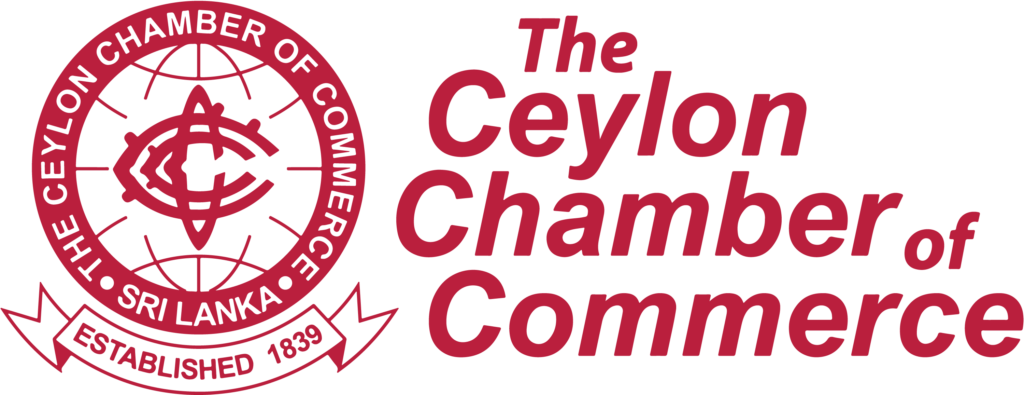CCC Proposals on State Owned Enterprise (SOE) Reform
6 min read
The presence of SOEs in strategic sectors of Sri Lanka is proof of the significant value creation it can
generate through spillover effects. The societal returns too are greater as it links to our day-to-day
activities such as the water we drink, the electricity we use, or even the bus or train we ride.
Therefore, addressing the suboptimal performances of SOEs by inculcating a performance-oriented
culture whilst ensuring transparency and accountability are warranted at this difficult juncture of
trying to recover from economic turmoil.
While the Government may need to operate some SOEs due to reasons such as providing essential
goods and services at an affordable price, there are large number of SOEs which are purely engaged
in commercial activities that can function more efficiently and effectively under the private sector
ownership. Hence, we recommend that SOEs falling into the latter category be divested either fully
or partially through a well-structured, open and transparent process.
In this regard, the Public Sector Reform Steering Committee of the Ceylon Chamber of Commerce,
through its Sub Committee on SOE Reform recently presented a set of proposals to the policymakers on SOE reform. The proposals are twofold in which the first section of the document
suggests the right model to adopt for the SOE restructuring agency (announced in the Interim
National Budget for 2022) in order to provide the agency with the authority and power to carry out
the required SOE Reforms. The second part of the document focuses on a framework for the practical
implementation of SOE reforms after careful analysis of the role played by each SOE.
1) Model for the SOE Reform Agency
The objectives of the SOE Reform Agency should be to;
– To separate the state’s ownership functions from its policy-making and regulatory functions
in order to help avoid or minimise potential conflicts of interest.
– To minimize the scope for political interference and bring greater professionalism to SOEs.
-To promote greater coherence and consistency in applying corporate governance standards
and performance management systems across all SOEs.
It is imperative to ensure that the SOE agency would not be relegated to play a passive role with
little authority over the SOEs. It should be able to collaborate with line ministries and other related
agencies (including the Public Enterprise Department), and gather information related to SOEs. It
should also be shielded from short-sighted political pressures and government interference in
operational decisions. Therefore, it should have the freedom and authority to carry out the reform
process without any restrictions.
1.1 Holding Company
The ideal scenario for the SOE agency would be to have a holding company established under the
Companies Act No 7 of 2007 brings all the SOEs under the control of the holding company. So
as the parent company, the holding company will have the authority and power to control
entities directly under it. A company-type structure will also have a separate legal identity, and its
own governing bodies and will be exempt from cumbersome government policies relating to
remuneration policies and procurement processes.
However, in the context of Sri Lanka, there are 36 SOEs that are governed by the ‘Administer Part II’
of the Finance Act No 38 of 1971 and 86 SOEs established under the Companies Act No 7 of 2007 1.
Out of the SOEs established under the Companies Act, about 44% of the SOEs are not owned by the
treasury (the majority stake is not held by the treasury) and most SOEs are also gazetted under
different line ministries. According to the Gazette, Extraordinary No 2289/43 published on 22 July,
2022 and amendments thereof, these line ministries have a broad spectrum of powers and
functions over the SOEs and this is detrimental to the SOE’s performance and driving reforms.
A critical goal of the SOE agency is to separate the state’s ownership functions from its policy-
making and regulatory functions to minimize conflicts of interest. The SOE agency should be the
specialized entity that serves as the shareholder representative with oversight responsibility for all
SOEs. It should be responsible for exercising all ownership functions on behalf of the state as the
owner, while the line ministry should only be responsible for policy-making in relation to the
sectors in which SOEs operate. This is a model practiced across many countries.
Therefore, we recommend that all SOEs should move away from this complicated dual ownership
model in which line ministries and other entities have ownership responsibilities, and to move to a
centralized ownership model where all the SOEs are under the holding company. In this regard, as a
first step, we recommend gazetting all the SOEs under the Ministry of Finance (MoF).
After the SOEs are brought under the MoF then the conversion of the 36 corporations into
companies should be looked at. This can be easily carried out with the Conversion of Public
Corporations or Government Owned Business Undertakings into Public Companies Act, No 23 of
1987.
1.2 Interim Arrangement
If there is undue delay in setting up the holding company structure then in order to expedite the
the reform process, an alternative model can be looked at. Upon examining the experience of various
SOE agencies Sri Lanka has had over the past couple of decades, such as Strategic Enterprise
Management Agency (SEMA) and State Resources Management Corporation Ltd (SRMC), we
recommend that this alternative model in the interim period, be an agency established by an Act of
Parliament is similar to the Public Enterprise Reform Commission (PERC), which had many successes
including the divestment of Sri Lanka Telecom, Distilleries Corporation, Cement Corporation,
Ceylon Oxygen, and Orient Lanka, amongst others. Pending legislative enactment, it can operate as an
unit under the Ministry of Finance.
However, this will only be a sunset agency until all the SOEs are brought under the Holding
Company. Once all the SOEs are under the holding company, the agency under the Act of Parliament
will cease its existence. This agency established by the Act of Parliament can also drive the first
round of divestments and this can be taken over by the Holding Company later on when the agency
ceases to operate after it has completed the task of bringing all SOEs under one umbrella.
1.3 Appointments to SOE Boards
In addition to bringing all the SOEs under one umbrella and moving away from the dual ownership
model, competent boards of directors for all SOEs should be appointed through a robust and
transparent mechanism. This would further help SOEs to operate at greater arm’s length and limit
political interference, since, a board bears the ultimate responsibility for the stewardship and
performance of the SOE, and not a line a ministry or any other supervisory body. In this regard, its
composition and functioning have a significant impact on the governance of the SOE and thereby on
its operational and financial performance.
We propose a similar mechanism to what is available in Malaysia where the SOE agency carries out
the appointment process of SOE boards. Here, the nomination committees of listed SOEs in
Malaysia identifies potential board candidates in conjunction with Khazanah (the holding company)
and others. It prepares the short list for approval by the board, and then submits the approved list
to Khazanah for appointment.
After the initial boards are appointed to the SOEs by the SOE agency/holding company as
applicable, a system of rotation can also be introduced so that the board continuity is maintained
with a couple of directors retiring each year and being available for re-election or replacement. No
director should be permitted to serve more than two consecutive terms of office.
As the Board of Directors of the Holding Company will have significant power and influence over
the appointment of boards to SOEs under it, there must be a transparent and independent process
to appoint this Board, to ensure those with high standing and no apparent conflicts of interest are
selected.
1.4 Internal Structure
Finally, we propose that the SOE agency operates under the Ministry of Finance (MoF). Countries
such as Singapore, Malaysia, India and UK too have their SOE agency under the MoF. The agency
will have three main operational departments, namely; the Divestment Unit, Performance
Management Unit and Restructuring Unit. These units will be supported by other service
departments such as Legal, Communications and Finance.
2) Framework for Practical Implementation of SOE Reform
As a first step in identifying SOEs for divestment, the subcommittee on SOE Reforms developed a
framework to understand if the SOE should remain under government ownership or not.
Therefore, we believe by carrying out the above-proposed model for the SOE restructuring agency,
holding company and proposed framework to carry out SOE reforms, it can help the transformation of
existing SOEs from fiscal burdens and into value creators so that SOEs can be an impetus for Sri
Lanka’s growth and development, rather than serving as stumbling blocks.



